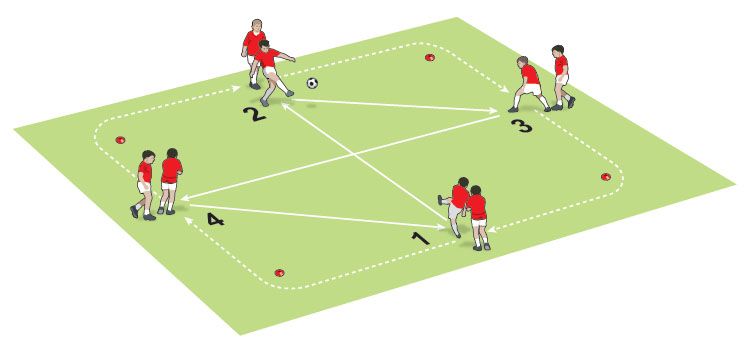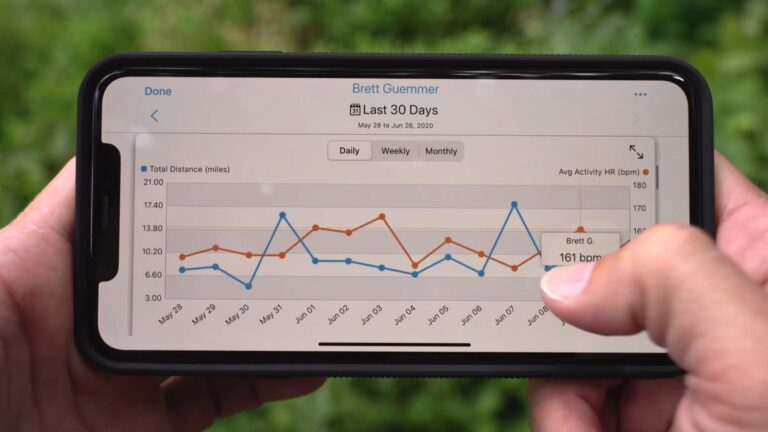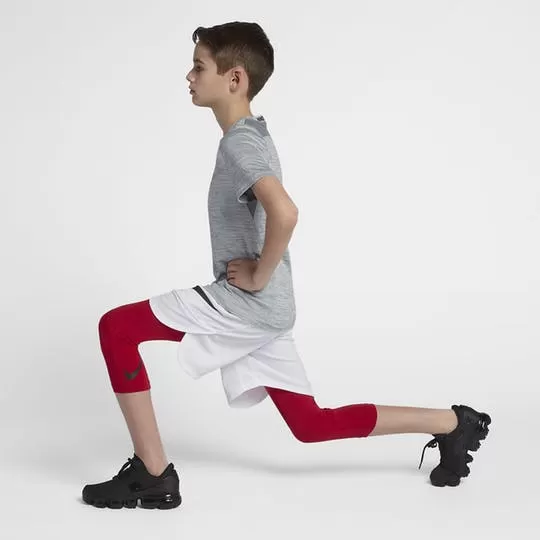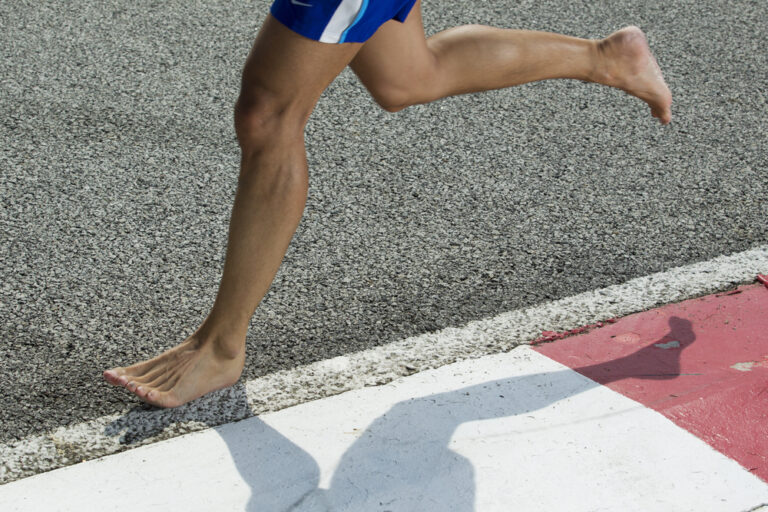Do Texas UIL Rules Forbid Daniel Clements of Burnet ISD From Coaching Lago Vista Students?
The governance of interscholastic activities in Texas schools falls under the purview of the University Interscholastic League (UIL), which sets forth a comprehensive set of rules and regulations aimed at maintaining a fair and competitive environment. Among these rules, particular attention is paid to the roles and limitations placed on … Read more









